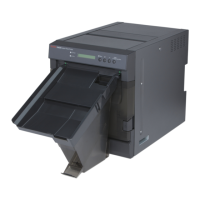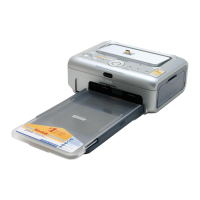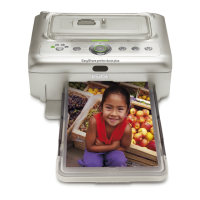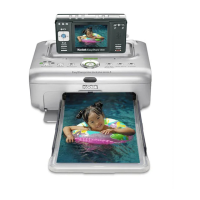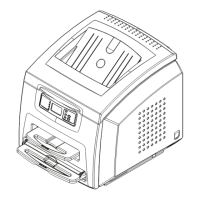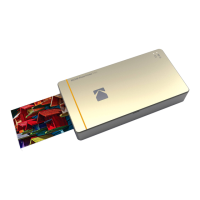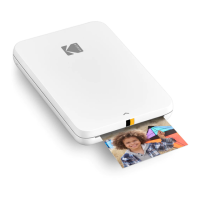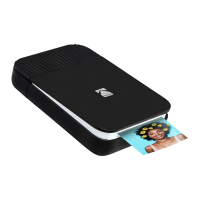4-2 2G0733 2011-09-09
Film Technical Information
Environmental
Impact
Tests show that the laser imaging film is not considered hazardous to the
environment. As a result, you can develop, recycle, and dispose of film with
less impact on the environment than if you were using wet-developed silver
halide films.
Storing and Handling
Undeveloped Film
To achieve consistent results up to the expiration date indicated on the film
package, the laser imaging film must be stored in a cool, dry place, 5–25 °C
(41–77 °F), and protected from radiation and chemistry fumes.
The film can withstand short-term temperature spikes, up to 35 °C (95 °F),
for several hours during transit without any significant effect on film quality
or performance. Transit temperatures above 35 °C (95 °F) will gradually
diminish shelf life.
Handling Developed
Film
Handling the laser imaging film requires reasonable care. Spills, humidity,
and other moisture typically have no significant effect on developed films.
However, prolonged exposure to intense light or excessive heat,
above 54 °C (130 °F), for more than three hours may cause some gradual
darkening of images. Leaving films in vehicles in hot climates for extended
periods of time is not recommended.
For best results, store film in sleeves when not being reviewed. The laser
imaging film can be left on a light box for more than 24 hours. In extreme
cases in which light boxes are exceptionally hot, above 49 °C (120° F),
remove the film from them prior to eight hours of continuous exposure.
Take care when using spotlight viewing for more than 30 seconds because
temperatures near the light source may exceed 82 °C (180 °F). Use in slide
projectors is not recommended due to the high temperatures generally found
in these devices.
With dry technology, a small amount of final development occurs when the
film exits the Laser Imager and is initially exposed to ambient or view-box
L
aser Imaging Film
US Environmental Regulations Comparison
Wet (Silver Halide) Film Dry Film
Developer Fixer Wash Film Film
Product Regulations
OSHA MSDS Required Required Not required Not required Provided
DOT Hazardous Hazardous No limits No limits No limits
Use permits Local Local None None None
Disposal* Regulations
EPA Hazardous Hazardous No No No
DOT Hazardous Hazardous No No No
NOTE: There is no SUPERFUND liability with dry laser imaging film.
* State and local laws vary. Consult appropriate regulations or authorities prior to disposal.
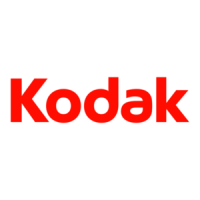
